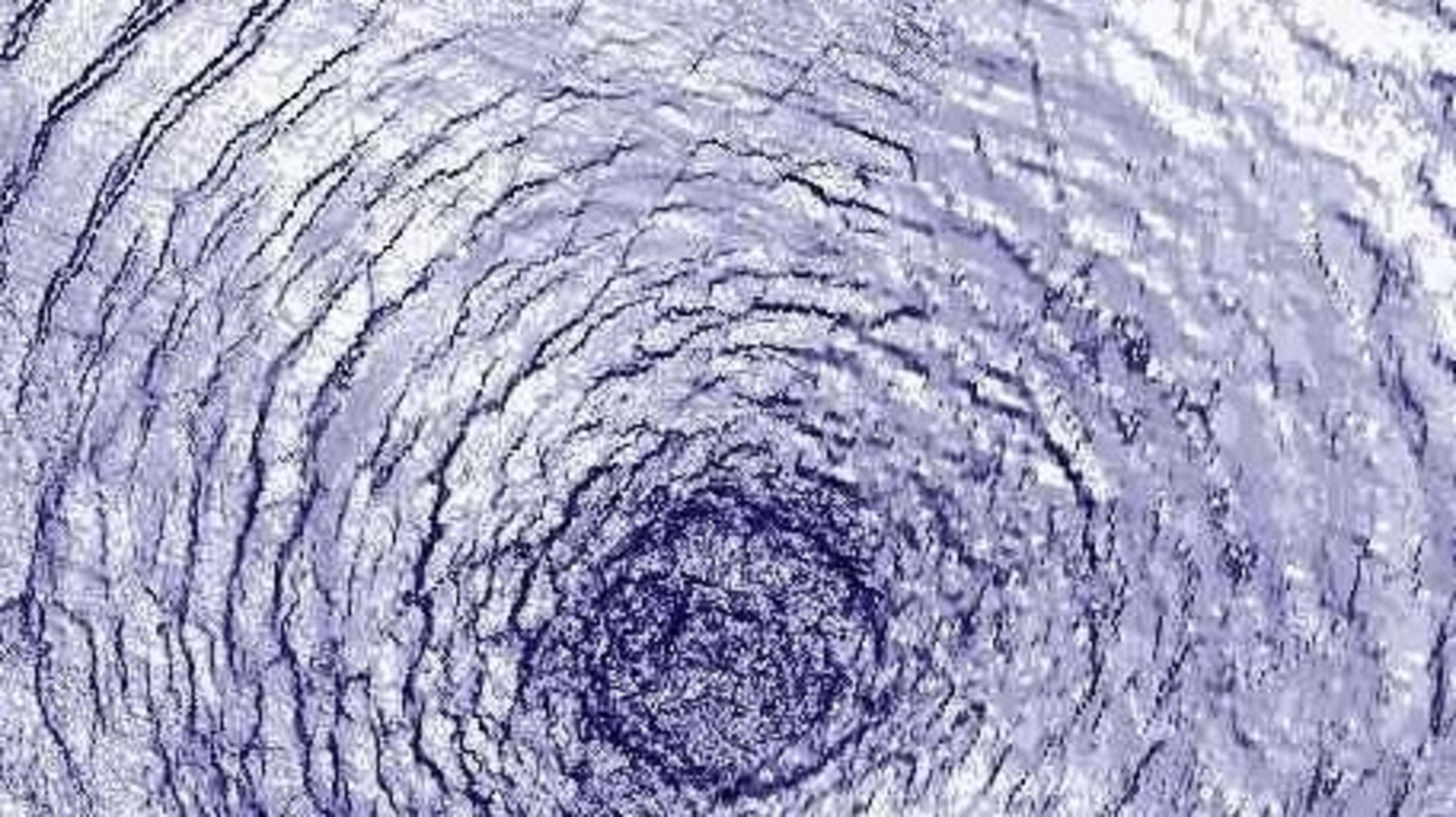Beneath the vast ice sheets of Antarctica lies a world of geological wonders that scientists have been studying for decades. Recent discoveries have revealed not just one, but potentially multiple mountain ranges hidden under kilometers of ice. These ancient formations, some dating back more than 500 million years, tell a fascinating story about Earth’s geological past and continental evolution.
The hidden realm of transantarctic mountains
Antarctica’s ice sheet, averaging 2 kilometers in thickness, conceals one of Earth’s most remarkable mountain systems. The Transantarctic Mountains stretch over 3,500 kilometers across the continent and reach heights of up to 4,500 meters. They effectively divide Antarctica into two distinct geological regions: the stable East Antarctic craton and the geologically active West Antarctic rift system.
Geologists Timothy Paulsen and Jeff Benowitz have pioneered research into these hidden formations, employing advanced technologies to peer through the ice. Their findings reveal a complex history of uplift, erosion, and rebirth spanning millions of years. These mountains have experienced multiple phases of geological activity, each synchronized with major tectonic events throughout Earth’s history.
The significance of these mountains extends beyond their impressive scale. They’ve played a crucial role in shaping Antarctica’s glacial systems and, by extension, global climate patterns. Approximately 300 million years ago, these formations contributed to a major planetary glaciation event. The interaction between these emerging reliefs and atmospheric conditions likely influenced the formation and behavior of early ice sheets.
Interestingly, these hidden mountains connect to other geological phenomena beneath the ice. Mysterious radio waves under the ice of Antarctica have been detected in regions where these mountain ranges exist, suggesting potential relationships between geological structures and electromagnetic anomalies.
Evidence for an older mountain chain beneath the ice
While the Transantarctic Mountains have garnered significant scientific attention, recent research points to something even more extraordinary: the potential existence of an entirely different mountain range in East Antarctica. Scientists now believe this undiscovered range could be over 500 million years old, predating the Transantarctic Mountains by hundreds of millions of years.
Unlike the relatively well-documented Transantarctic range, this ancient formation has never been directly observed. Instead, researchers have detected its presence through gravitational and magnetic anomalies that cannot be explained by known geological features. These subtle signals, recorded by specialized equipment, create a ghostly outline of what might be one of Earth’s oldest preserved mountain systems.
The theoretical age of these mountains places their formation during the early Paleozoic Era, possibly during the assembly of the supercontinent Gondwana. This timing aligns with other major geological events that shaped Earth’s surface, including the formation of other ancient mountain ranges like the Caledonian and Appalachian systems.
Each piece of evidence gathered from these ancient rocks provides another clue to Earth’s complex history. Similar to how a small meteorite questioned the formation times of the protoplanets, these mountain ranges challenge existing timelines of continental development.
| Mountain Range | Estimated Age | Current Status |
|---|---|---|
| Transantarctic Mountains | Approximately 300 million years | Confirmed, partially mapped |
| East Antarctic Ancient Range | Over 500 million years | Theorized, detected through anomalies |
Methods for detecting subglacial formations
Scientists employ several sophisticated techniques to study these hidden geological features:
- Gravimetric measurements that detect variations in mass distribution
- Magnetic surveys revealing metallic mineral patterns
- Ice-penetrating radar capable of imaging structures beneath kilometers of ice
- Seismic studies that analyze how sound waves travel through different materials
- Thermochronology techniques that determine when rocks were last uplifted or cooled
Geological impact and climate connections
These hidden mountain ranges represent more than geological curiosities—they’re active participants in Earth’s complex systems. The formation and evolution of Antarctica’s subglacial mountains have influenced global climate patterns throughout history. When these mountains first rose, they altered atmospheric circulation and precipitation patterns, potentially triggering or amplifying glaciation events.
The relationship between mountain building and climate change continues today. As global temperatures rise, ice sheets thin, potentially changing the gravitational stress on these ancient formations. This complex interplay might even contribute to localized seismic activity, similar to how global warming may cause small earthquakes in the Alps.
Furthermore, these massive geological features influence the stability of Antarctica’s ice sheets. The mountains create natural barriers that direct ice flow and affect how glaciers respond to warming temperatures. Understanding these interactions becomes increasingly important as climate change influences the terrestrial rotation axis through polar ice redistribution.
The hidden mountains also contain valuable geological resources that record Earth’s magnetic field reversals, climate fluctuations, and atmospheric composition throughout time. These natural archives provide scientists with invaluable data about our planet’s past environmental conditions and how they might inform future climate projections.
Future exploration of antarctica’s hidden landscape
As technology advances, our ability to study Antarctica’s subglacial landscape improves dramatically. New remote sensing methods, improved drilling techniques, and advanced computational modeling are revolutionizing our understanding of this hidden world. These tools allow scientists to create increasingly detailed maps of what lies beneath the ice without physically accessing these remote environments.
The discovery and confirmation of additional mountain ranges beneath Antarctica would significantly enhance our understanding of Earth’s geological history. Each mountain system represents a different chapter in our planet’s development, and together, they tell a comprehensive story of continental formation, breakup, and evolution spanning billions of years.
Antarctica’s ice sheets, while challenging to penetrate, provide perfect preservation conditions for these ancient geological features. Unlike exposed mountain ranges that face constant weathering and erosion, the subglacial mountains remain relatively unchanged, offering scientists a unique window into Earth’s distant past.
The continued exploration of these hidden landscapes promises to yield discoveries that will reshape our understanding of Earth’s development and the complex interactions between geology, climate, and life itself.
Source link


